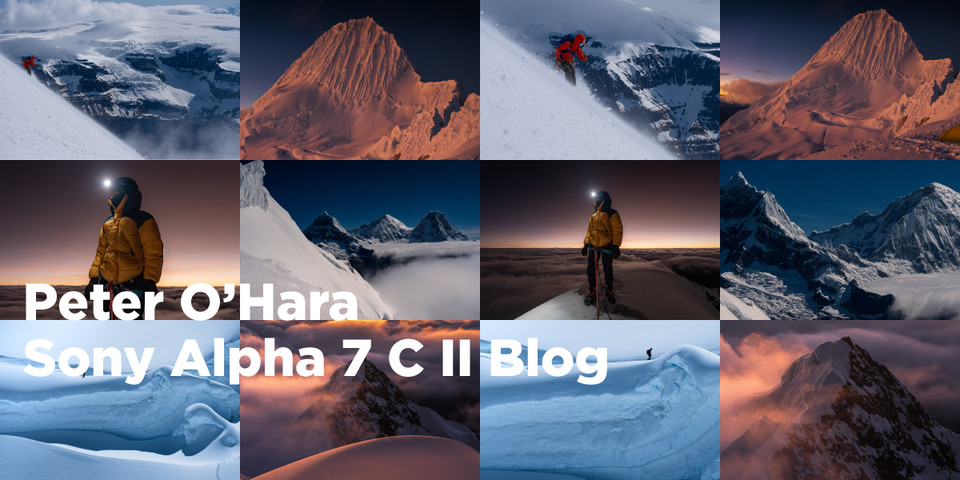As a kid, I used to dream of adventures high in the mountains, places most people never get to see, and capturing those moments with a camera. That idea stayed with me. These days, mountaineering is how I push myself physically, mentally, and creatively.
It rarely goes to plan. Conditions change. The weather turns. But once in a while, the clouds lift, the light hits just right, and you're standing in a moment you’ll remember for the rest of your life. And when that happens, I want a camera I’m genuinely excited to reach for.
For the past month, Sony loaned me the Alpha 7C II to document a series of high-altitude climbs in Peru and at home in the Canadian Rockies. It’s a full-frame camera in a body built for movement. Compact, lightweight, and surprisingly durable. That matters when every ounce counts. Weight has become a major factor for me while moving in the mountains.
The conditions we faced were extremely tough: high winds, freezing temperatures, and very exposed ridge lines. The climbing usually starts at midnight, and seven hours later you reach the summit, timed to catch the morning light, not too mention descend safely. Sometimes the weather doesn’t work out. Other times, you witness one of the most beautiful sunrises of your life. At that altitude, in that cold and wind, it's essential to have a camera you can rely on.
The A7C II kept up. Whether I was clipped in on a traverse or fumbling with gloves for a quick summit shot, it never felt like an issue.
On one mission, I set out to climb Mt. Columbia, the highest mountain in Alberta and the second highest in the Canadian Rockies. The goal was to climb up and ski down. One member of our team was moving fast. He reached the summit well ahead of us and began his descent. As he came toward me, skiing to my right, I noticed the background lined up perfectly — the vast Columbia Icefields stretched out behind him. I quickly grabbed the camera, found my frame, and started rapid firing images. Before I could even think, the autofocus locked onto him. I captured a perfectly sharp shot that showed both the skier and the scale of the landscape. Snowballs from above started hammering down around me, but I got the frame. It’s one of my favourite action shots I’ve ever taken. Remote, vast with a single skier against the elements.
Glacier environments and remote areas are a big part of my work, and I’m absolutely thrilled with how that moment turned out. I put the camera away quickly and focused on climbing to a safer area, knowing the shot was there — and I was happy
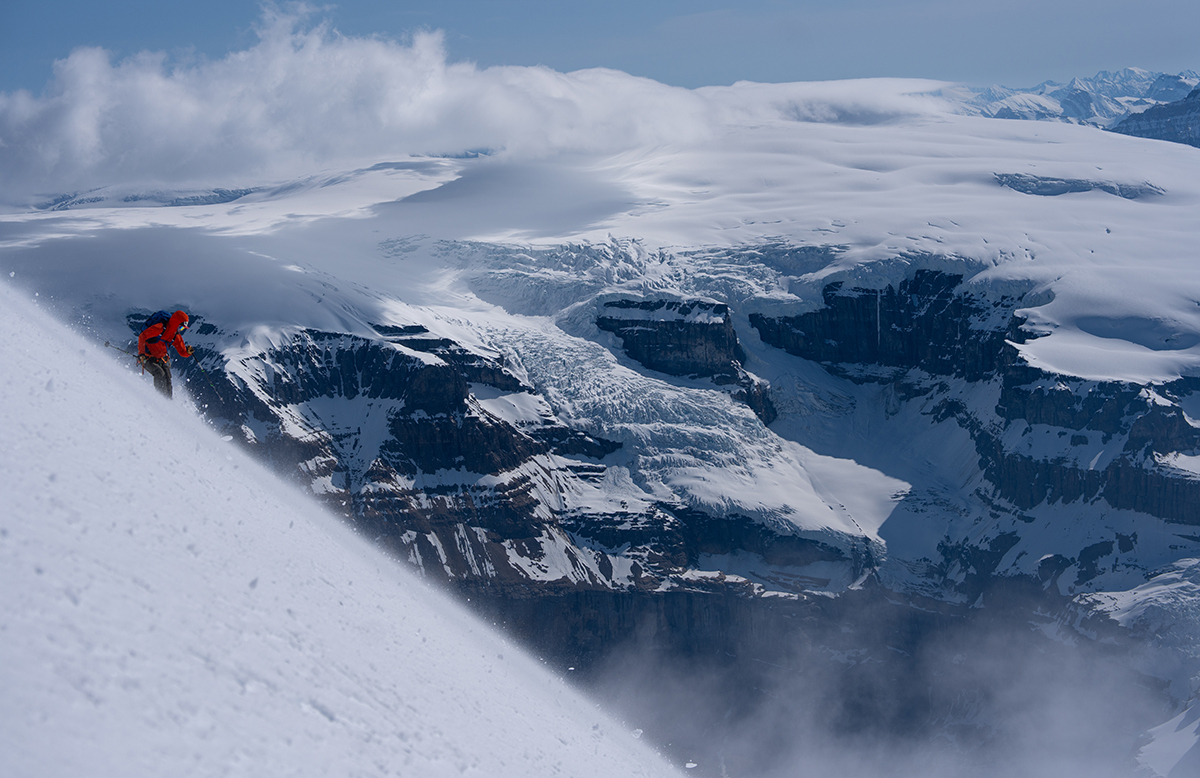
In Peru, we climbed through a clouded night to reach the summit of Yanapaccha at 5,460 meters (17,913 feet). After hours of navigating in the dark, we broke through the cloud layer just below the summit into a world of stars and moonlight. Moments like that, above the clouds, in the stillness of night are the kind you dream about, but almost never get. That morning, I captured a long exposure under the moonlight, then watched as the first light of day revealed the surrounding peaks floating in a sea of clouds. It was one of the most surreal mornings I’ve experienced in the mountains. And I am so happy to have also captured a series of shots I am happy with.
For me, mountaineering and photography are about the same thing: chasing something uncertain, something fleeting. You fail often. You turn back. You miss the light. But you keep going, because every so often, everything comes together. The Alpha 7C II gave me the freedom to move light, shoot fast, and stay present and for the kind of work I want to create, that makes all the difference.
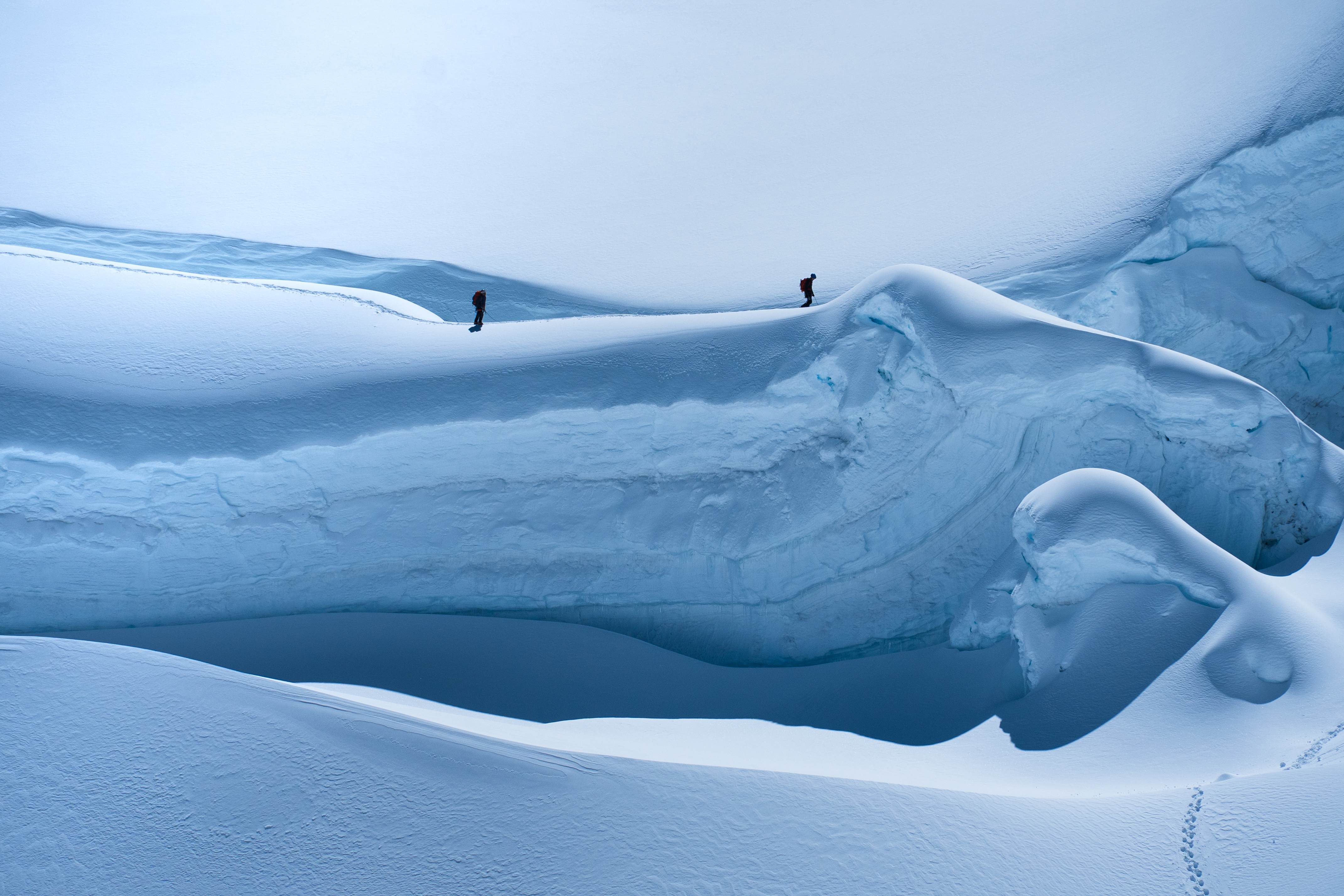
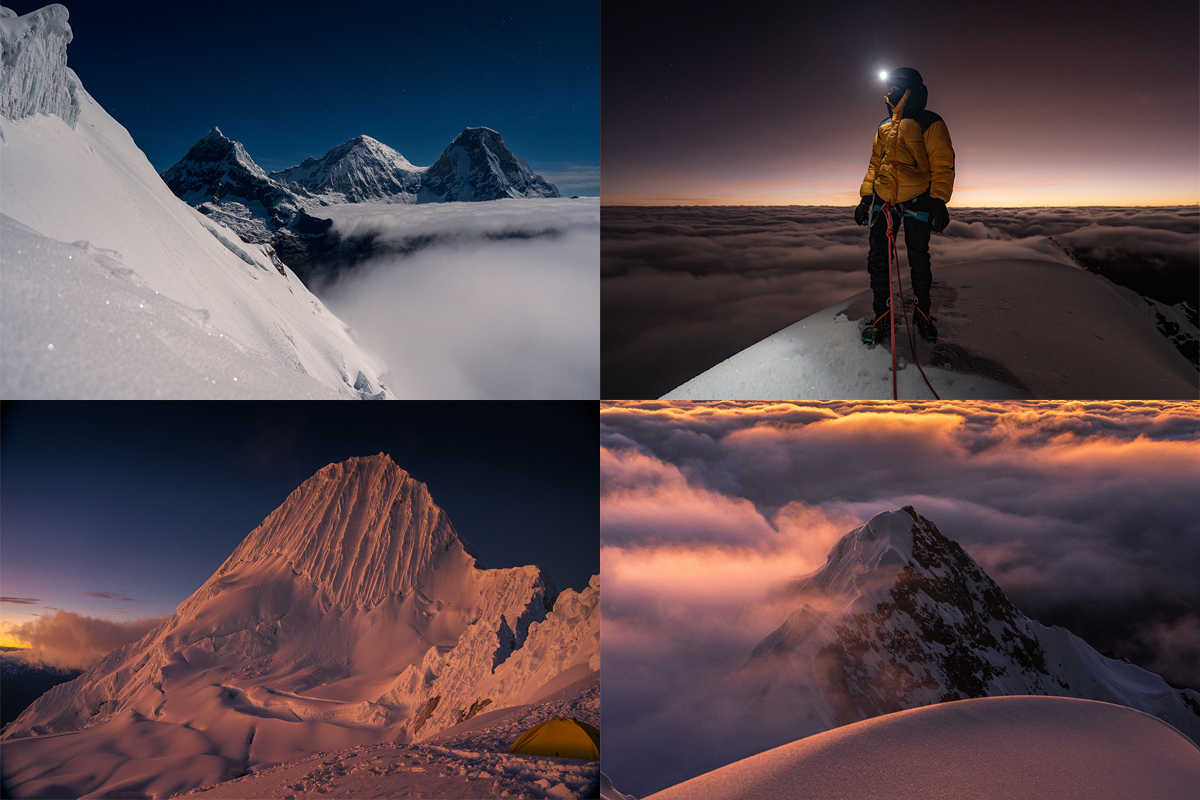
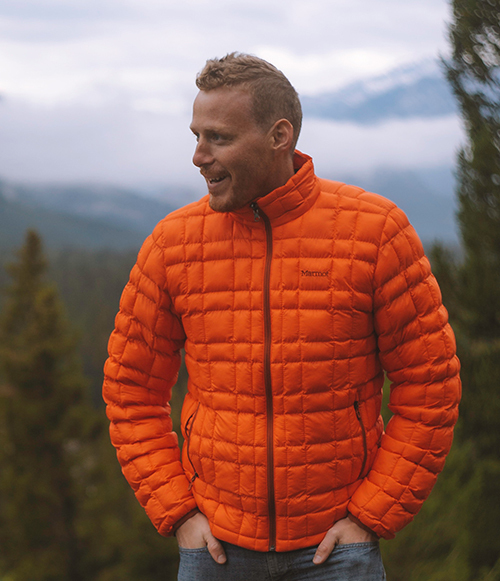 |
Peter O’Hara |


